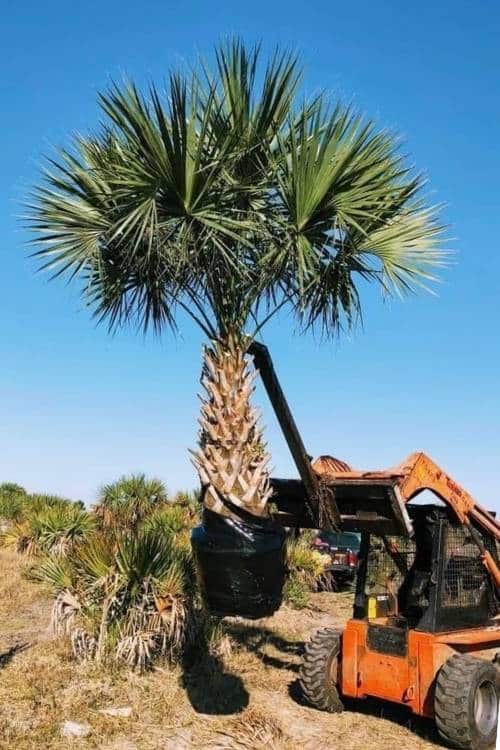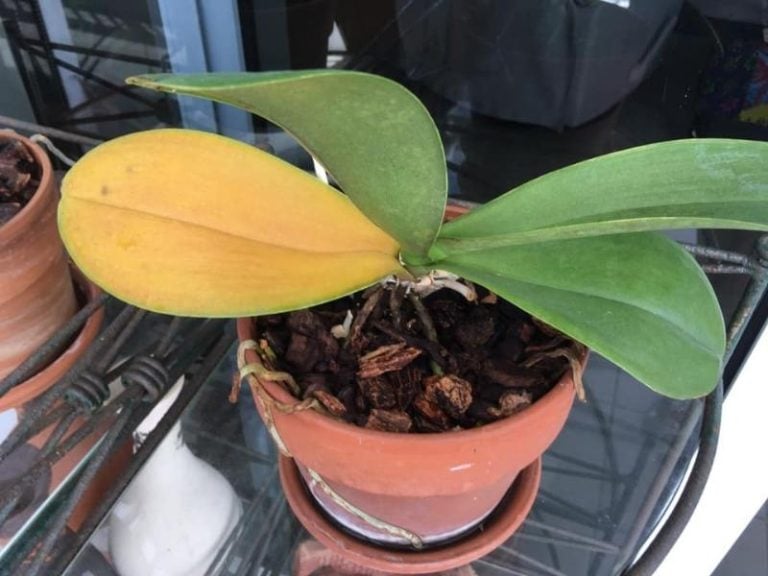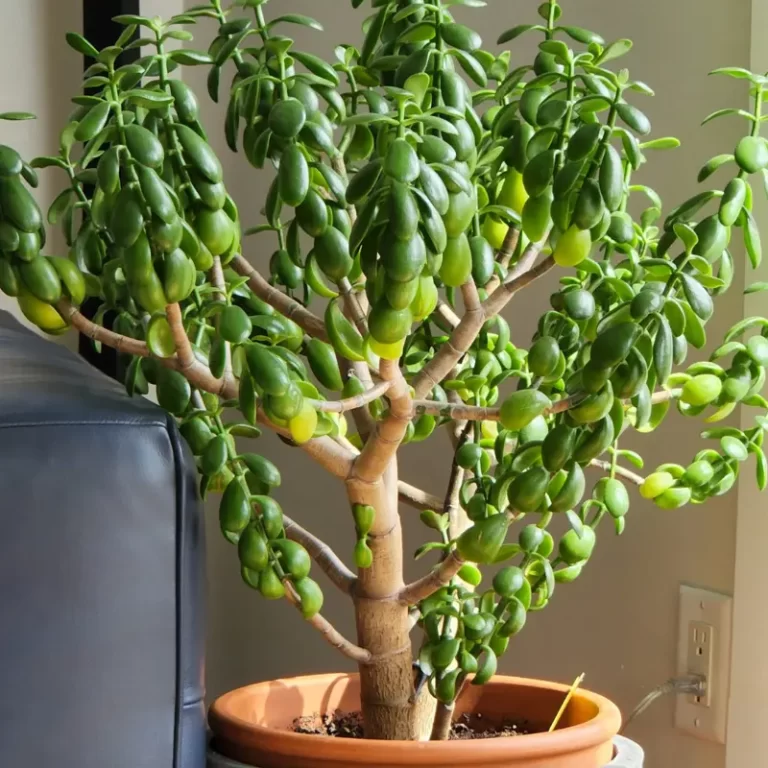DIY Succulent Terrarium: Step-by-Step Guide
Tropicals and moss are the most popular plants people grow in their terrariums. But they need high humidity and moist soils to thrive, making a closed terrarium an excellent choice. But what about succulents which prefer low humidity and dry soil?
Succulents can be grown in terrariums, but the container MUST NOT have a lid. To make a succulent terrarium, put a drainage layer at the bottom of the container to soak in excess water. Add a filter, charcoal, and potting mix to the container. Plant the succulent in the container, in a spot with bright, indirect light.
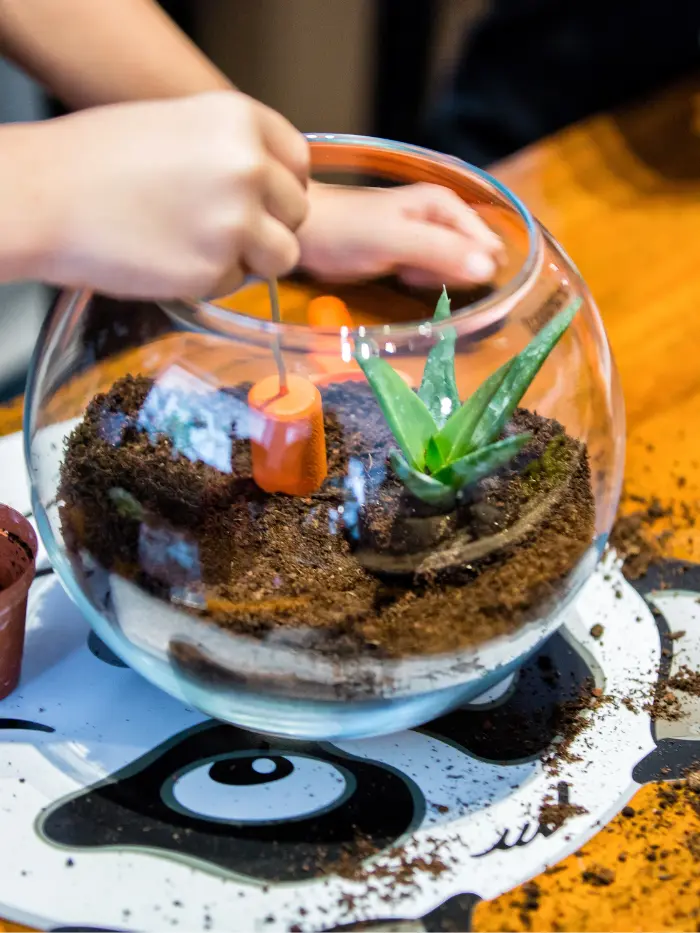
Do succulents do well in a terrarium?
Succulents can perform well in open or dish terrariums but not closed ones. According to West Virginia University, succulents such as cacti thrive in arid conditions, which you can mimic in an open dish or container to create a desert or beach-like environment that favors succulent growth.
Closed terrariums cannot be used since they have high humidity, which is known to kill succulents.
What do you need to make a succulent terrarium?
To make a succulent terrarium, you need the following items:
- Glass trifle container
- Pebbles
- Perlite or charcoal
- Succulent soil
- Garden trowel
- Succulent plants
- Spoon
- Long tweezers
- Paintbrush
- Gardening gloves
How to make a succulent terrarium (step by step)
Making a succulent terrarium can be your household’s most fulfilling gardening project. You must be selective about the items you add to the open dish so that the succulents live longer with little care. Here’s a detailed step-by-step guide on how to make a succulent terrarium.
1. Select a container
Unlike moss terrarium containers made of clear plastic or glass, succulent containers can be of any color, provided they have no lids.
An open container is suitable since it allows air exchange and transpiration, preventing moisture accumulation that can kill the plant.
In addition, the succulent container should have drainage holes underneath to allow excess water passage.
Fish bowls, open dishes, large cups, soup bowls, dessert bowls, and aquarium jars are suitable containers for succulent terrariums.
After selecting a suitable container, wash it thoroughly in warm, soapy water to remove dirt and chemical residues before planting the succulents. Washing also removes any mold or fungi that can cause the rotting. Dry the cleaned container outside.
Note: In my example shown in the images in this post, I chose a drum-style bonsai pot for the base of the terrarium and sealed the hole with silicone. I covered the inside of the pot with silicone to make it watertight.
2. Add a drainage medium into the container
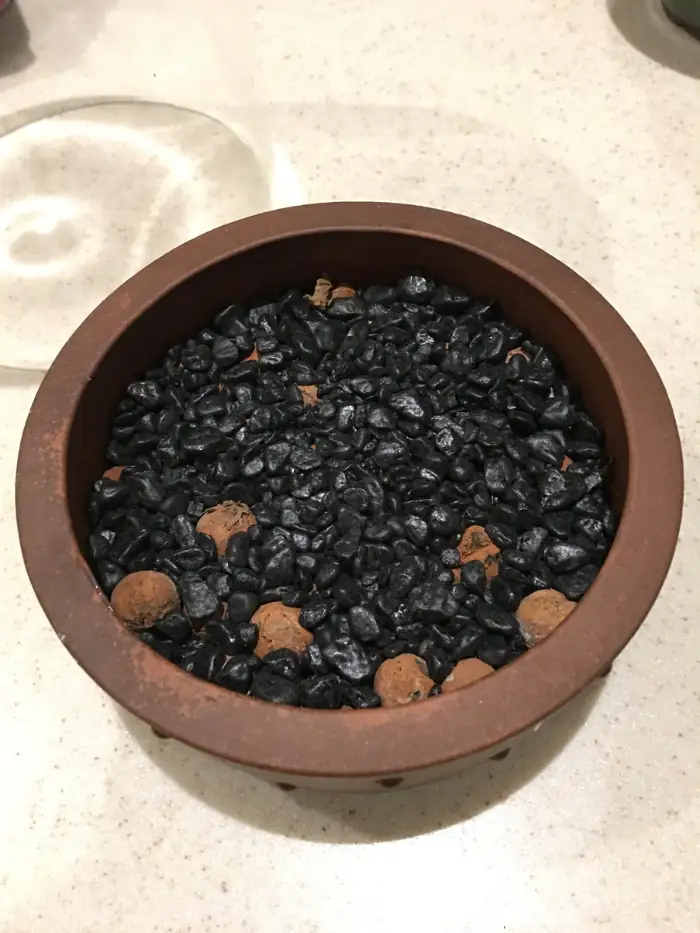
Succulents thrive in well-draining soil, so water doesn’t soak on their roots in case of overwatering. Therefore, adding 1-2 inches of drainage materials at the bottom of the container is necessary to absorb excess water and add structure to the terrarium.
Suitable drainage materials include pebbles, sand, gravel, stones, bark chips, and small rocks.
Note: In my case here, I put in a gravel layer once the silicone was cured. I then cut a plastic fly screen to cover the gravel and keep the potting mix out. I made the fly screen big enough to go up the side of the pot a little bit so soil could not get down the edges.
3. Add a filter
A filter prevents the potting mix from reaching the drainage layer. The best filter material to use is one with spaces allowing air exchange and water passage. Coffee filters and paper are among the best filter materials to use.
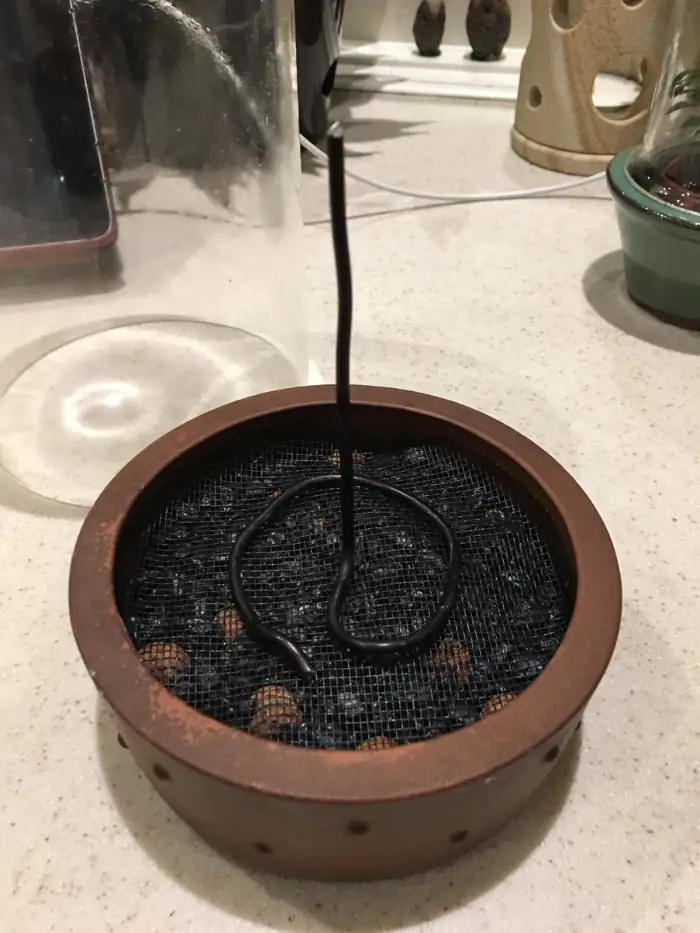
Note: As you can see, in my case, I needed some kind of stake in this terrarium because I wanted to mix succulents with a Tiger Bark Bonsai tree, so I fashioned one out of bonsai wire.
4. Add charcoal
Charcoal is an excellent addition to succulent terrariums for three primary purposes; it absorbs any odor in the terrarium, acts as a purifier and prevents fungi from growing on the terrarium. Add small pieces of charcoal to the filter paper.
5. Add potting soil to the container
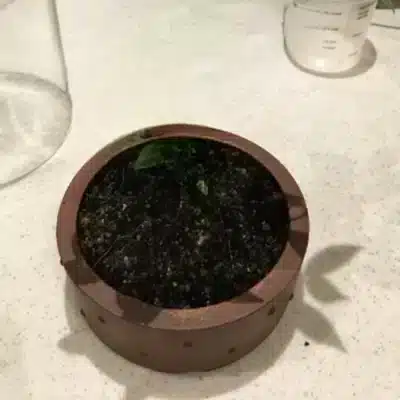
On top of the charcoal, add some potting soil. Succulent potting soil is the best soil to use. Alternatively, you can add cacti or palm soil mix. Since cacti hate soggy or wet soil, the potting mix should be well-draining, lightweight, and with good aeration.
6. Add your succulent plants to the container
Short or with medium, slow-growing succulents are the best open terrariums. They include jade plant, echeveria shaviana, burrito, hens and chicks, trigger jaws, strings of pearl, zebra plant, and burro’s tail.
Check for any yellow leaves and cut them with scissors or a knife. Shake off the soil, brush the dirt from the plant, and cut excess roots. Sterilize the knife or scissors in rubbing alcohol to avoid spreading any infection. Trim overextended branches with a knife or scissors.
Spray the soil lightly with water to moisten it, and create a small hole at the center for placing the root ball.
Gently add the plant into the container, placing the root ball at the center. Add the potting soil until the root ball is completely covered. Ensure the plant stands firm, and don’t add excess potting soil.
Water the soil lightly with a spray bottle and place the succulent terrarium near a spot with at least six hours of direct sunlight.
Care for your succulent terrarium
Succulent terrariums need minimal care. Here are two ways to care for them.
Provide bright, indirect light
As Aaron Steil, a consumer Horticulture extension specialist, suggests, most indoor succulents need low to medium bright, indirect light. East, west, and south-facing windows are the best spots with bright, indirect sunlight. The succulents should get at least six hours of bright, indirect sunlight daily to thrive.
Water the succulents when the soil is dry
Although succulents require less frequent watering, they need water when the soil is parched.
Take a small bottle filled with water and direct it to the soil so the roots can absorb it. Spraying can also work for succulents, but some water can fall on the leaves, which might soak and decay them.
If using a spray bottle, direct the nozzle to the soil and drench the soil with water. However, succulents don’t love soaked or soggy soils; ensure the soil is evenly moist but not soaked. Otherwise, you’ll overwater your succulents and kill them.
In summer evaporation rate is high, making the succulents need frequent watering. Water them once weekly or after 4-7 days in summer. During winter, water once in two weeks and after ten days in the regular seasons.
Conclusion
Succulents can also be grown in open terrariums with free air circulation and low humidity. The critical part is to add a drainage material at the bottom of the container to avoid soaking the succulent roots in case of overwatering, which can cause root rot.
After making your succulents terrarium, place it in a spot with bright, indirect light and water when the soil is dry.




